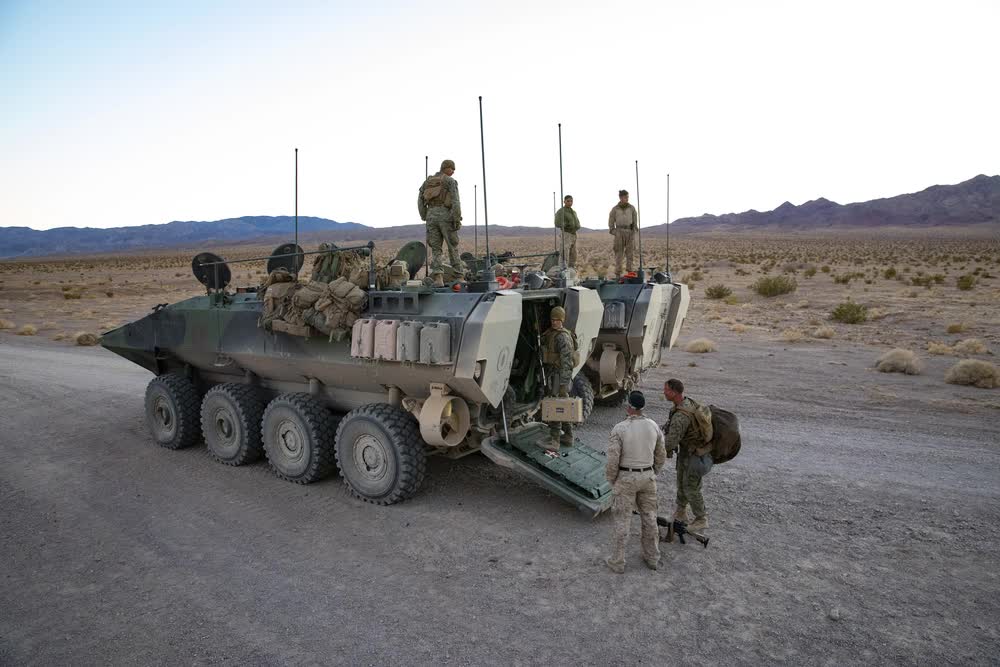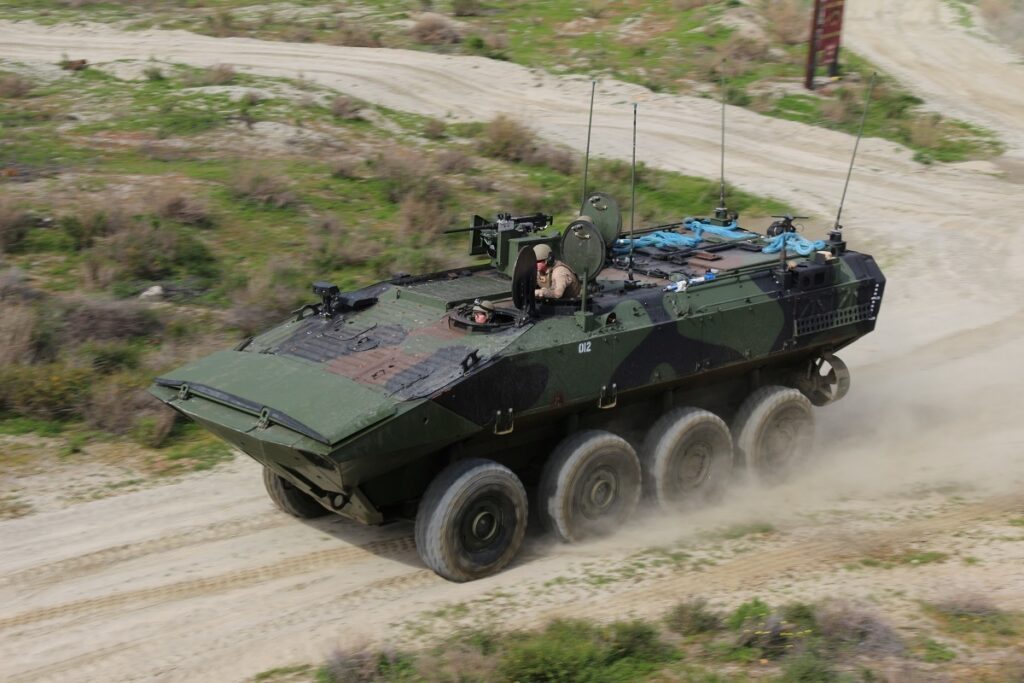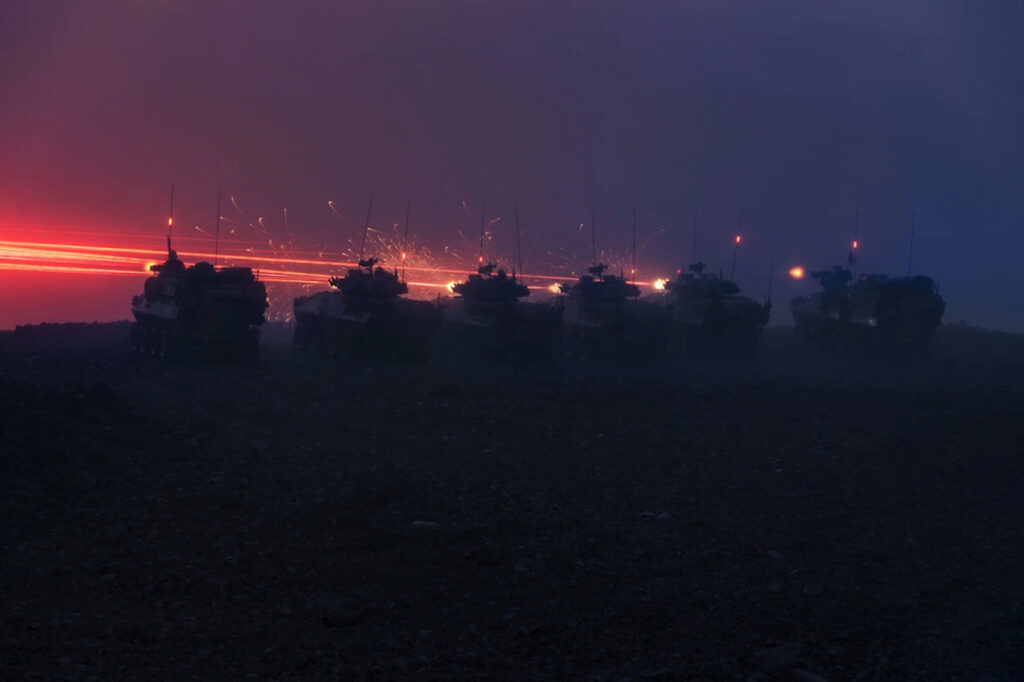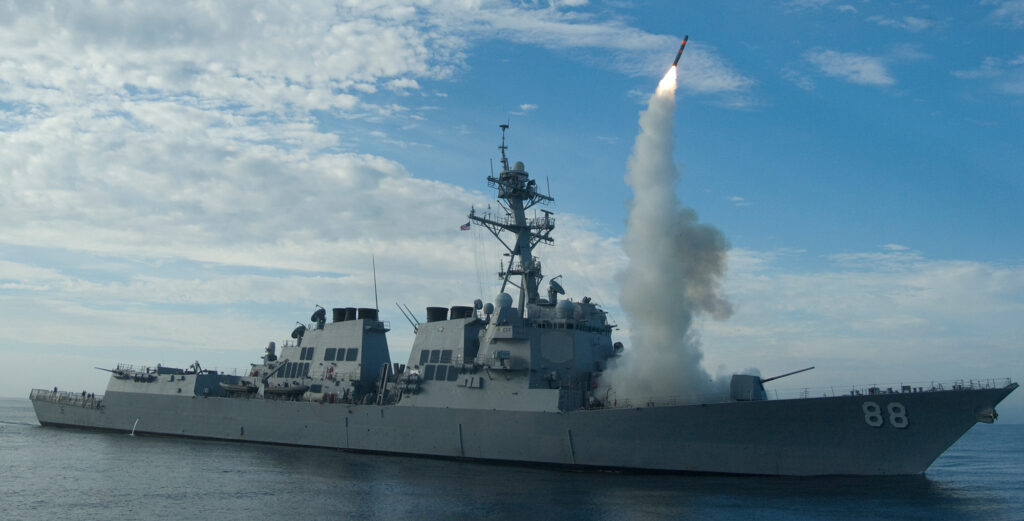Many changes have been announced for the modernization of the Marine Corps and one of them is the arrival of new amphibious combat vehicles, or ACVs, to replace the old Amphibious Assault Vehicles, or AAVs, that have been plagued with problems. At first, the Marine Corps had intended for the Expeditionary Fighting Vehicle to replace the AAV but that plan was canceled in 2012 after being introduced in 1990. Instead, the Marine Corps chose to extend the AAVs’ service life and keep them in service for a few more years.
But in 2018, the Marine Corps settled on the ACV. At that time, AAVs were completely grounded and banned from Maritime operations – but they would see a tragic return.
In July 2020, the Marine Corps community was rocked when an AAV sank, killing eight Marines and one Sailor during a training mission. The tragedy was blamed on all manner of problems. The Marine Corps found faults in the operations and released a 2,002-page report on the tragedy according to which, mechanical problems with the vehicles, a lack of safety boats, and rough waters contributed to the accident. However, another common-sense answer is that these vehicles are too old, too worn out, and problematic – the AAV-7 was first introduced in 1972. This is a match that sets a field ablaze, but if that field is dead and dry, it burns hotter and faster.
During my time in the Marine Corps, I was a grunt, and we were the mechanized landing company. We worked hand in hand with AAVs, and it was always a terrifying experience. The AAV company assigned to us even experienced an AAV sink, but luckily, the crew escaped, and no one was harmed.
The arrival of the Amphibious Combat Vehicle

Developed by BAE Systems, at first glance, the Amphibious Combat Vehicle looks a lot like the LAV-25 which is the vehicle of choice for the Light Armored Recon Battalions of the Marine Corps. Both have a slant-style front and eight wheels, and come in Marine Corps green. Yet, the Amphibious Combat Vehicle is slightly bigger and has a much different armament and purpose.
The ACV is currently being deployed in two different variants. The standard variant has a 30mm cannon – pilot units also used an M2 in a remote-controlled turret. This offers a big punch and more power and range than the combination of the M2 .50 cal and Mk 19 Grenade launcher that the AAVs offered. The M2 and 40mm Mk 19 are both pretty capable weapons. The 30mm cannon does offer more range and the ability to punch through barriers and light armor.
The second variant is a Command and Control model for what’s essentially a mobile command post. In the future, a recovery or wrecker variant will also be produced. Until then, the Marine Corps will still be forced to field the AAV recovery variant. Tires will certainly be a challenge as damaged tires will require a wrecker to fix, according to initial reports. However, Marines, to whom Sandboxx News spoke with on social media, reported some expedient field methods to change a tire without a wrecker.
Related: Embassy Marines in Vietnam fought against the Viet Cong despite their odd weapons
The ACV versus the AAV

The AAVs have the turret gunner most exposed. While they can button up that limits their ability to use their weapon. Instead, the Amphibious Combat Vehicle has a remote weapon station that allows the gunner to engage without ever leaving cover and without limiting their situation awareness.
The ACV provides enough room for 13 Marines, which is the size of the typical rifle squad, and has a crew of three. Although the older AAVs were claimed to be capable of holding 21 Marines, that number seems exaggerated or does not account for modern gear, because we would never be able to squeeze 21 Marines in an AAV – 10 to 15 was more realistic.
Additionally, the AAVs are slow and under-armored. When we learned the 7.62 Armor Piercing ammo could punch through, I began to wonder why we didn’t just use LCACs. Up-armored HMMWVs had better armor than AAVs. I had no faith in the AAV-7 as a fighting vehicle. AAVs were used in the GWOT as main fighting vehicles, a role in which they performed poorly.
The ACV seemingly takes modern needs and gear into account. According to BAE Systems, the ACV can handle the 16 Marines and enough supplies to survive for up to two days. The ACV can travel at speeds of up to 55 miles per hour on paved roads, making it faster than the AAV’s 45 miles per hour, and has an additional 35 miles of fuel range. There is likely classified tech inside to make the vehicle more accessible for command and control purposes as well.
It will be interesting to see how they will fit into the Marine Corps modernization program and how the Amphibious Combat Vehicle will fit in.





